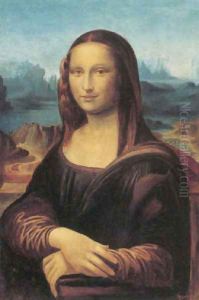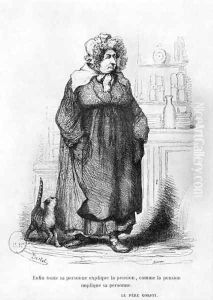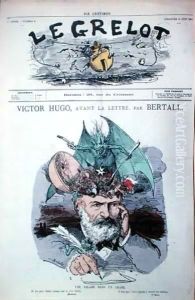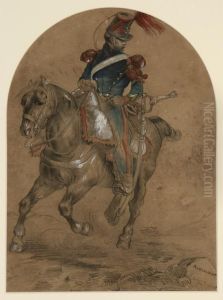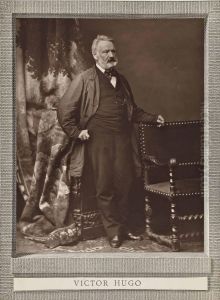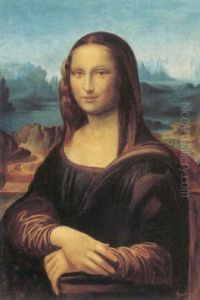(Albert d'Arnoux) Bertall Paintings
Charles Albert d'Arnoux, who was widely known by his pseudonym Bertall, was a prolific French illustrator, caricaturist, and photographer born on December 18, 1820, in Paris. Bertall was a significant figure in the world of 19th-century French visual culture, with his work encompassing a range of styles and subjects, from satirical caricatures to book illustrations.
Bertall began his artistic career at a young age, displaying talent that earned him recognition in the Parisian art scene. His early work was heavily influenced by the political and social events of his time. He became well-known for his sharp and witty caricatures, which were published in various periodicals such as 'La Silhouette', 'Le Charivari', and 'La Caricature'. His illustrations often commented on the follies of the upper classes and the political elite, providing a humorous yet incisive critique of contemporary society.
In addition to his caricatures, Bertall was a highly sought-after illustrator for books, contributing to works by notable authors such as Charles Perrault and Alexandre Dumas. His illustrations for fairy tales and novels were characterized by their detailed and imaginative nature, which brought the stories to life for readers.
Despite his success as an illustrator and caricaturist, Bertall also dabbled in photography, a medium that was still in its infancy during his lifetime. His photographic work, though less well-known than his illustrations, contributed to the development of early photography in France.
Bertall's influence extended beyond his own work, as he was also an art critic and writer. He published essays and articles on various art-related subjects, and his opinions were highly respected in artistic circles.
Bertall's career spanned the tumultuous periods of the July Monarchy, the Second French Republic, the Second Empire, and into the early years of the Third Republic. His work reflects the changing political landscape of France, and his legacy as an artist lies in his ability to capture the spirit of his times with humor and a critical eye.
Bertall passed away on March 24, 1882, in Soyons, France. His contributions to French art and culture remained influential, and his work continues to be studied and appreciated by art historians and enthusiasts alike. Bertall's legacy is that of a versatile artist who mastered the art of caricature and illustration, leaving behind a rich body of work that offers a window into the society and culture of 19th-century France.
